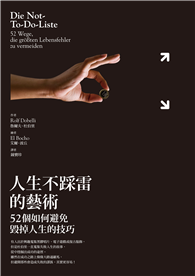It is summer of 2001, and renowned American painter Orla Castleberry is in Naples, Italy, as part of a project to call attention to human trafficking perpetrated by the Camorra, a notorious criminal organization. With the help of friends in unusual places, she is able to meet the lawyer who fiercely prosecutes the Camorristi on the rare occasions when any of them are brought to trial for justice, as well as the lawyer who defends them - and usually succeeds in winning their acquittals: Orla’s realistic depictions of the abuse of young women, and of the nuns who labor to rescue them, are intended to increase public awareness and aid, but they also provoke the Camorristi into menacing Orla and her family.
It seems a godsend that Orla, her physician husband Celestino Bacci, and their ten-year-old twins Luisa and Lucca can move to Manhattan for the academic year of 2001: Orla with an endowed professorship, Celestino working with an AIDS research group. The twins get to attend a progressive school, and Orla gets to spend time with her adopted daughter, Mercy, and Mercy’s husband, an entrepreneur with the Windows on the World restaurant, high in the North Tower of the World Trade Center. Orla’s joy is marred only by concern for her lifelong friend Tad Charbonneau, his health compromised by the AIDS virus and family stress.
And then, on September 11th, everything changes.
Loss after loss shakes Orla’s considerable confidence and fortitude, causing her to question her life’s work. Does art really matter? Can it ever make a difference?












